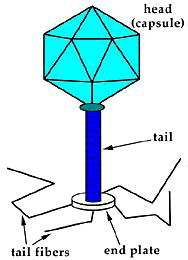Camouflaged Fish Found Hiding in Plain Sight
On the southwest coast of England camouflaged fish have been found in tide pools along the shore. These fish are called rock gobies and are found in in pool along the intertidal zone in parts of Europe and North Africa. There were studies done that proved that these fish could and did change colors depending on their surroundings and could do so in less than a minute. There are pigment-containing cells in the skin, called chromatophores that change the goby's look. This camouflage helps prevent these fish from being seen by predators such as birds and bigger fish.





